The “Maratha Military Landscapes of India” have been officially recognised as a UNESCO World Heritage Site, marking India’s 44th entry into the prestigious list. The announcement was made on Friday, July 11 during the 47th session of the World Heritage Committee in Paris. This recognition is an honour to India’s rich cultural legacy, architectural brilliance and history.
The Maratha Military Landscapes of India is a collection of 12 strategically located forts, 11 of which are in Maharashtra and 1 is in Tamil Nadu.
These majestic forts exemplify the Maratha Empire’s military acumen and architectural brilliance between the 17th and 19th centuries. These forts offer an understanding of geography, Defence strategy, and regional adaptation.
Salher Fort: A testament to the Maratha Empire’s military prowess
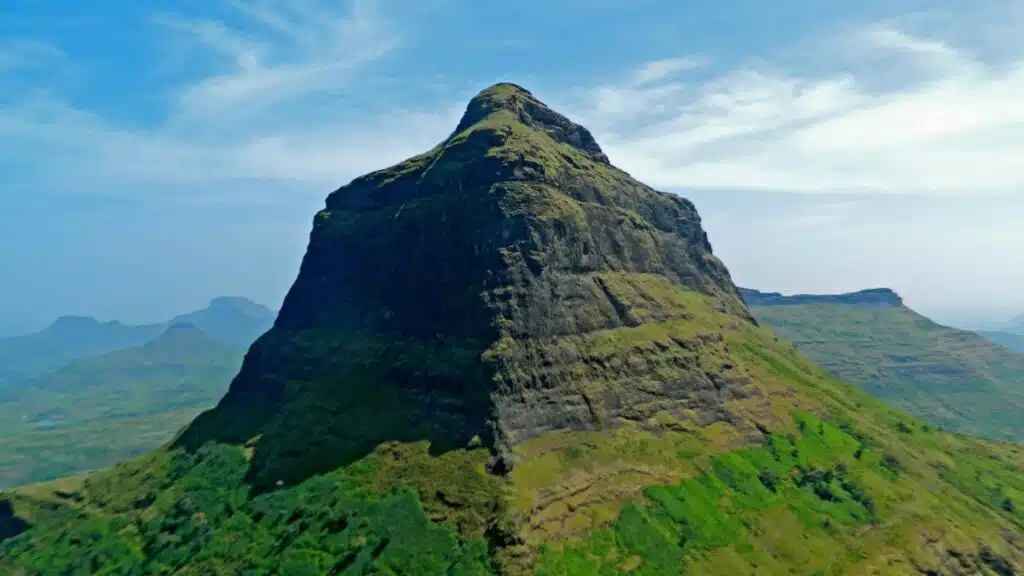
Salher is the highest fort in Maharashtra which offers spectacular views of the Baglan mountain range in Nashik. This fort has a good historic importance. Salher Fort was under Chhatrapati Shivaji Maharaj in 1671. The Mughals attacked the fort in 1672. Almost one lakh soldiers fought in this war.
Many soldiers died in this battle but finally Chhatrapati Shivaji Maharaj won the battle. Of all the face to face battles between the Mughals and Shivaji Maharaj’s troops, the battle of Salher takes first place. After winning Salher, the Marathas also captured Mulher and established their reign over the Baglan region. In the 18th century the Peshwas occupied this fort and later by the British.
Shivneri Fort: Birthplace of Chhatrapati Shivaji Maharaj
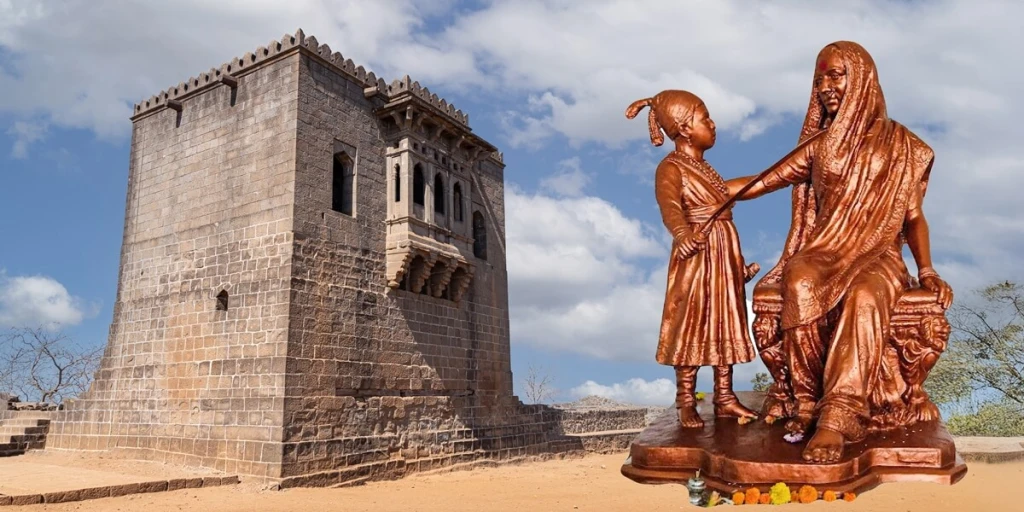
Shivneri is an ancient military fort located near Junnar in Pune district in Maharashtra, India. It is the birthplace of Chhatrapati Shivaji Maharaj, the founder of the Maratha Empire. The fort is situated on a hilltop that overlooks the Junnar city. It is a triangular-shaped fort with seven well-defended gates. The fort is surrounded by steep cliffs on all sides, making it difficult to attack. There are many water tanks and wells within the fort complex, which provided a steady supply of water to the fort’s inhabitants.
The history of Shivneri Fort dates back to the 6th century. It was initially ruled by the Mauryas, and later by the Chalukyas, Rashtrakutas, and Yadavas. In the 13th century, the fort came under the control of the Delhi Sultanate. In 1430, the fort was captured by the Adil Shahi dynasty of Bijapur. In 1630, the fort was captured by the Mughal Empire. In 1674, the fort was captured by Chhatrapati Shivaji Maharaj.
Lohagad Fort: Known for strategic location and architecture
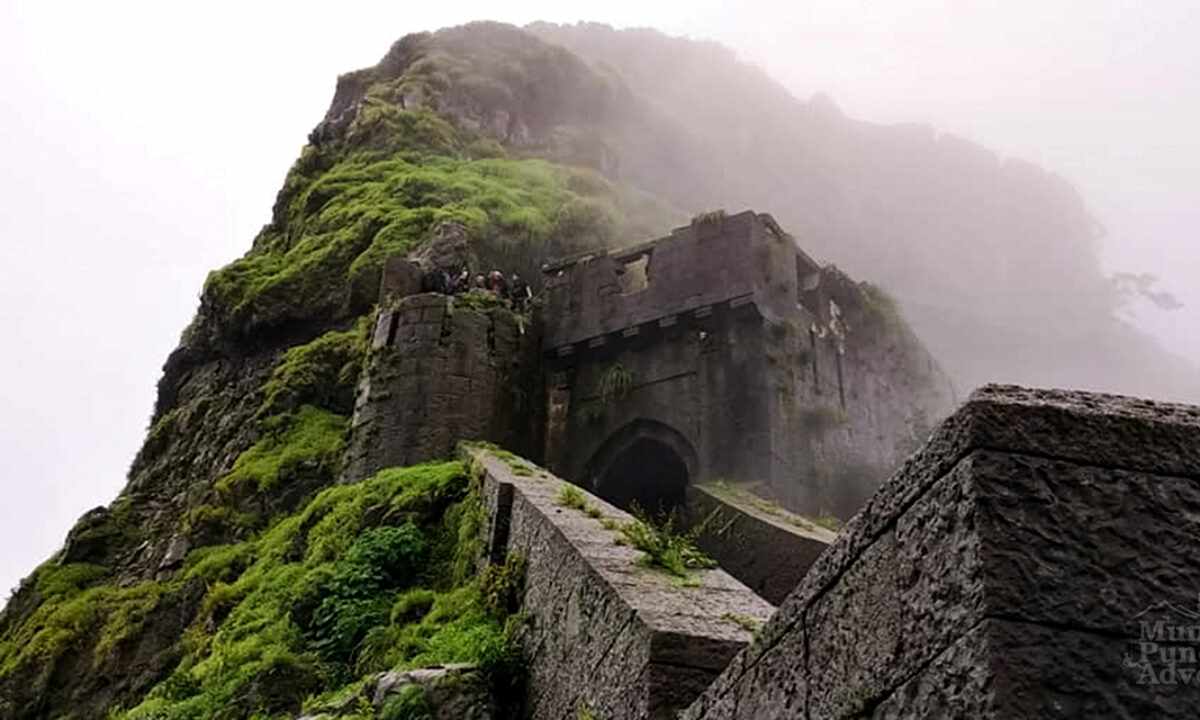
Lohagad Fort, also known as “Iron Fort,” is a historic hill fort located near Lonavala, Maharashtra, India. It stands at an elevation of 1,033 meters (3,389 feet) and is known for its scenic beauty, historical significance, and trekking opportunities. The fort has a rich history, having been under the rule of various dynasties including the Marathas and Mughals.
Lohagad has a long history with several dynasties occupying it at different periods of time: Lohtamia, Chalukyas, Rashtrakutas, Yadavas, Bahamanis, Nizams, Mughals and Marathas. Chatrapati Shivaji Maharaj captured it in 1648 AD, but he was forced to surrender it to the Mughals in 1665 AD by the Treaty of Purandar.
Lohagad Fort Lonavala was a significant part of Chhatrapati Shivaji Maharaj’s empire and was used to store treasures and defend against invading forces. It briefly came under Mughal control before Shivaji Maharaj reclaimed it, adding to the fort’s strategic importance in the region. This rich past adds to the beauty of Lohagad Fort Lonavala’s history, making it a fascinating place for history enthusiasts to explore.
Khanderi Fort: A naval fort showing the power of Maratha Empire’s maritime capabilities
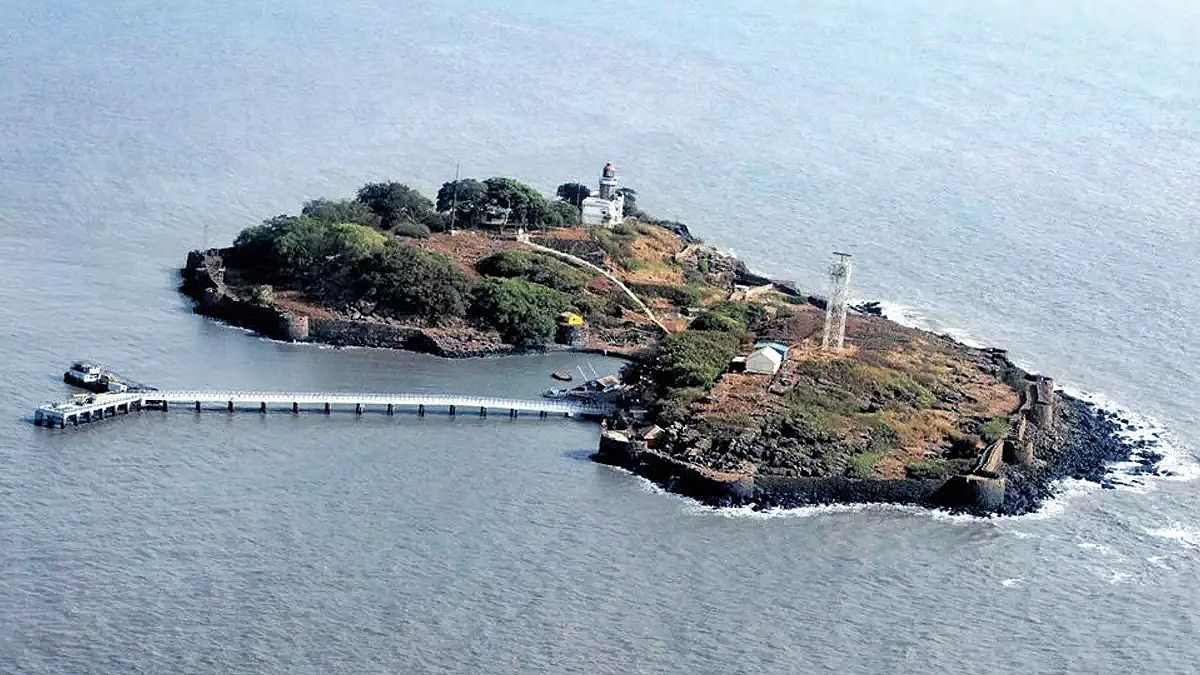
Khanderi Fort is an ancient sea fortress located on an island off the coast of Maharashtra, India, roughly 20 km south of Mumbai. It was built in between 1660-1679 by Chhatrapati Shivaji Maharaj to counter the influence of the Siddis of Janjira and the European colonial powers. The fort served as a strategic naval base and defensive outpost during the Maratha Empire, allowing them to control the coastal waters and protect their trade routes.
The fort has a unique design, with a blend of Maratha and Islamic architectural styles. It features bastions, battlements, and cannons, showcasing its strategic importance. The fort is known for its robust fortifications, including bastions and wells, and a lighthouse added later by the British.
Raigad Fort: The capital of the Maratha Empire, symbolizing its power and glory
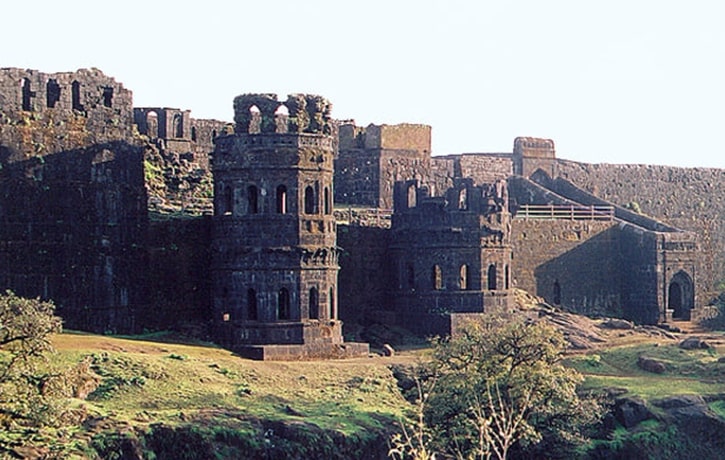
Raigad Fort is located in the Sahyadri mountain range, about 25 km from Mahad in Raigad district. Chhatrapati Shivaji Maharaj renovated this fort and declared it the capital of the Maratha Empire in 1674 AD. There is a ropeway facility to reach the fort, so you can reach the fort in a few minutes.
The only way to reach the fort is through the “Maha-Darwaja”. There is a replica of the throne in the palace of the state, which is facing the Nagarkhana Darwaja. The area near the throne has been designed in such a way that the words spoken from the door of the palace can be easily heard up to the throne. There is a famous tower built on a high valley near Raigad Fort, which is called “Hirkani Buruj”.
Rajgad Fort: A fort with a rich history, known for its architecture and strategic location
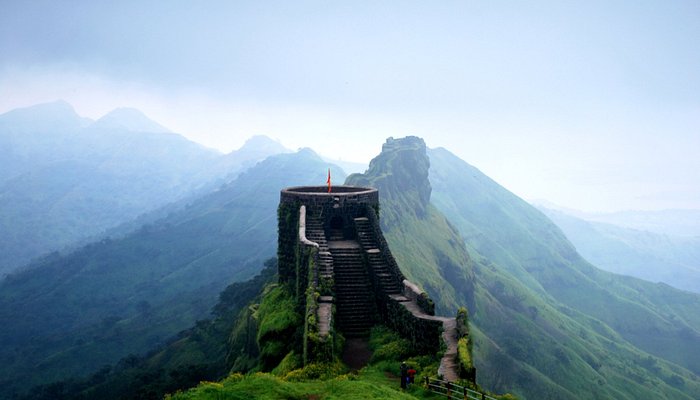
Rajgad Fort stands as a masterpiece of medieval architecture, spanning an impressive 40 kilometers in base diameter and rising 1,376 meters above sea level. Located on the Sahyadri mountain range, Rajgad Fort stands as an enduring symbol of Maratha pride, resilience, and architectural brilliance. This majestic fortress, once the capital of the Maratha Empire under Chhatrapati Shivaji Maharaj, is a gateway to Maharashtra’s glorious past.
Rajgad, meaning “King of Forts,” rightfully earned its name due to its pivotal role in shaping Maratha history. Originally known as Murumbdev, it was captured by Chhatrapati Shivaji Maharaj in 1647, who transformed it into a formidable stronghold. For over 26 years, this fort served as the capital of the Maratha Empire before shifting to Raigad Fort in 1674.
Several major historical events unfolded here, including the birth of Rajaram I, Chhatrapati Shivaji Maharaj’s son, and the demise of Saibai, his beloved wife. It was also the fort where Chhatrapati Shivaji Maharaj planned many of his military campaigns and safeguarded the wealth looted from Surat in 1664. Despite relentless attacks from Mughals and Adilshahi forces, Rajgad stood unconquered, a testament to its impenetrable defences.
Pratapgad Fort: Played a crucial role in the Maratha Empire’s history

Pratapgad Fort stands as a magnificent symbol of Maharashtra’s rich history, valor, and strategic brilliance located about 24 kilometers from Mahabaleshwar. Built by Chhatrapati Shivaji Maharaj in 1656, the fort has witnessed some of the most defining moments in Maratha history.
Pratapgad Fort was constructed under the orders of Chhatrapati Shivaji Maharaj, the founder of the Maratha Empire, to safeguard the crucial Par Pass and maintain control over the Nira and Koyna rivers. However, its true significance came to light during the epic Battle of Pratapgad on November 10, 1659, when Chhatrapati Shivaji Maharaj and his forces defeated the mighty Afzal Khan of the Bijapur Sultanate. This battle not only showcased Shivaji Maharaj’s unparalleled military strategy but also strengthened the Maratha foothold in the region.
Suvarnadurg Fort: A coastal fort showing Maratha Empire’s naval strength
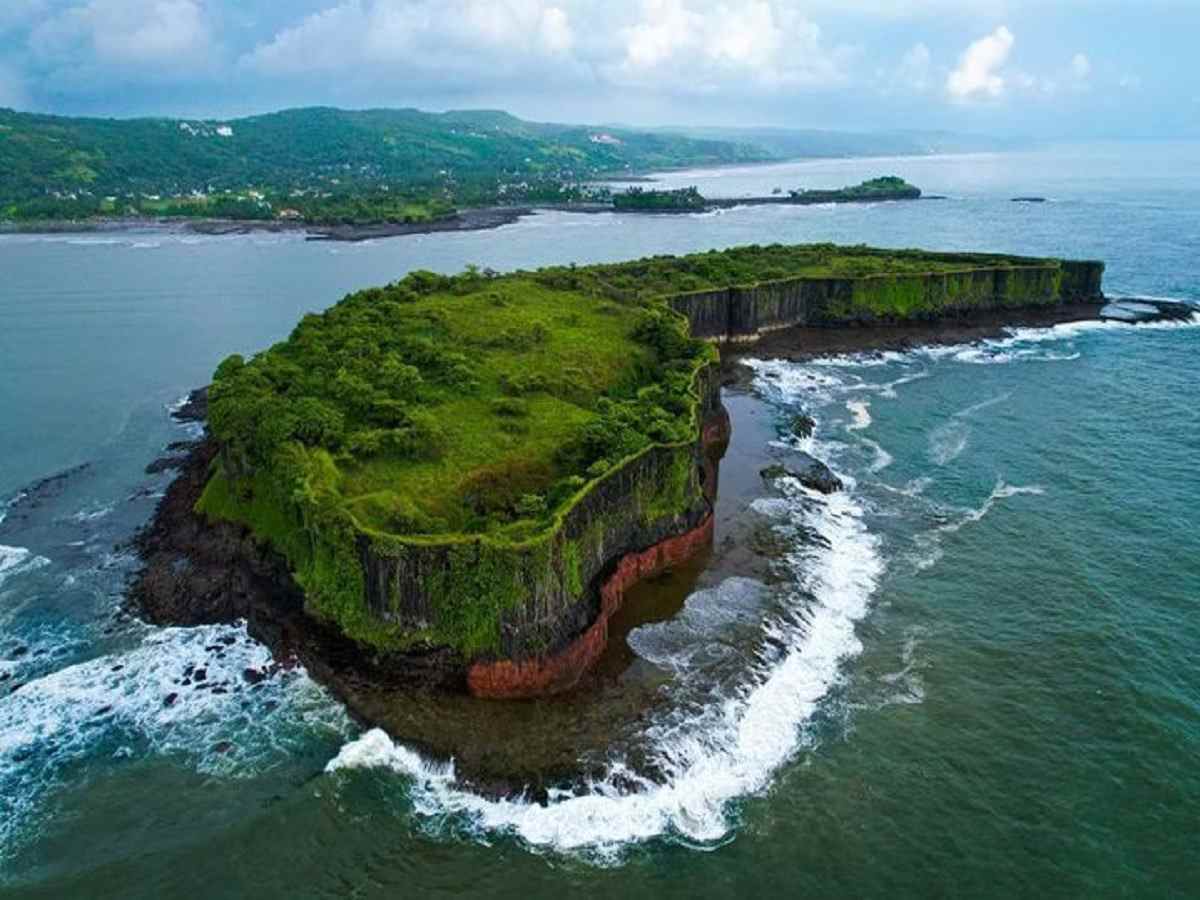
Suvarnadurg Fort s located on a small island in the Arabian Sea, near Harnai in Konkan, along the West Coast of India in Maharashtra. The fort also includes another land fort (small) called the Kanakadurga at the base of headland of Harnai port on the coast. Building of the fort is credited to Chhatrapati Shivaji Maharaj, founder of the Maratha Empire, in 1660. Subsequently, Shivaji, other Peshwas and the Angres further fortified the forts for defence purposes.
The literal meaning of Suvanadurga is “Golden Fort” as it was considered as the pride or the “feather in the golden cap of Marathas”. Built for the Maratha Navy or defence purposes, the fort also had a ship building facility. The basic objective of establishing the fort was to counter enemy attacks, mainly by the colonialists of Europe and also by the local chieftains.
Being one of the most prominent forts in the Konkan region, Suvarnadurg has a rich history. It is where Kanhoji Angre – one of the most famous military leaders in Maratha history – was born. As the reign of the Nizamshahi dynasty neared its end in the 16th century, the fort came under the rule of the Adilshahi family. In 1660, it was conquered by the Maratha emperor Chhatrapati Shivaji Maharaj.
Panhala Fort: A fort with a rich history, known for its architecture and strategic location
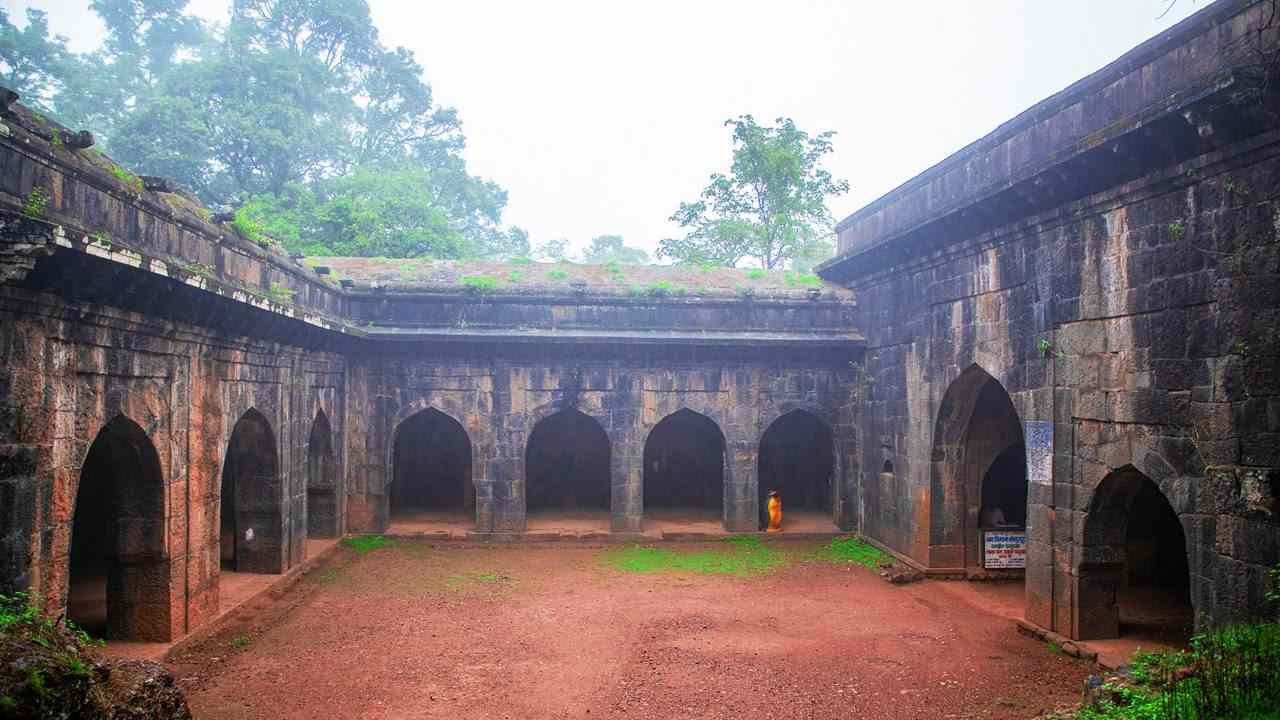
Panhala Fort has an interesting history, built between the period of 1178 and 1209 AD, by King Bhoja II, a Shilahara ruler, Panhala fort then passed on into the hands of many rulers like the Yadavas, the Bahamanis of Bidar, Mahmud Gawan and by the beginning of the 16th century it became a part of the Kingdom of Bijapur.
The Adil Shahi’s rebuilt most part of the Panhala Fort to give it much of its current look. In the year 1659 Chhatrapati Shivaji Maharaj raided the fort and finally captured it in 1673, he lived here for about 1.5 years. Panhala was the state capital of the Marathas until 1782, till it was captured by the British in 1827.
Vijaydurg Fort: A fort showcasing Maratha Empire’s naval power
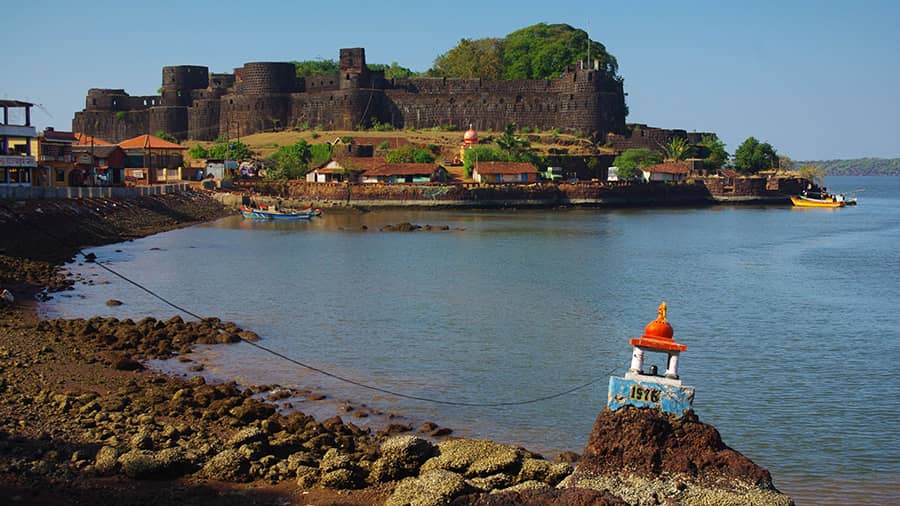
Vijaydurg Fort stands as a towering symbol of strength, resilience, and Maharashtra’s maritime glory. Often hailed as the “Gibraltar of the East,” this magnificent sea fort located along the Konkan coastline has witnessed centuries of history, echoing tales of conquests, strategic brilliance, and the indomitable spirit of the Marathas. The fort’s fascinating past, combined with its breathtaking coastal backdrop, makes it an irresistible destination for history buffs, adventure seekers, and nature lovers alike.
The origins of Vijaydurg Fort date back to the 12th century when it was built by Raja Bhoj II of the Shilahar dynasty. Initially known as “Gheria” after the nearby village of Girye, the fort’s strategic location along the Arabian Sea made it a prime military outpost. It wasn’t until 1653 that the great Maratha warrior, Chhatrapati Shivaji Maharaj, seized control of the fort from Adilshahi rulers and renamed it Vijaydurg, meaning “Fort of Victory.” Chhatrapati recognized its potential as a formidable naval base, further strengthening its defences and turning it into one of the most impenetrable coastal fortresses in India.
Under the rule of the Marathas, Vijaydurg played a pivotal role in naval warfare. The legendary Admiral Kanhoji Angre used the fort as a stronghold, cementing the Maratha Navy’s supremacy over the Arabian Sea. The British and Portuguese, threatened by its strategic positioning and military might, made several attempts to capture Vijaydurg but failed.
Vijaydurg Fort sprawls across 17 acres. One of its most remarkable features is the triple-layered fortification, a unique defensive mechanism that made it nearly impregnable. The thick walls, some extending into the sea, were designed to absorb cannon fire, while the fort’s clever positioning along the 40-kilometer-long Waghotan Creek ensured that enemy ships could not approach unnoticed.
Sindhudurg Fort: Another great example of Maratha Empire’s naval prowess
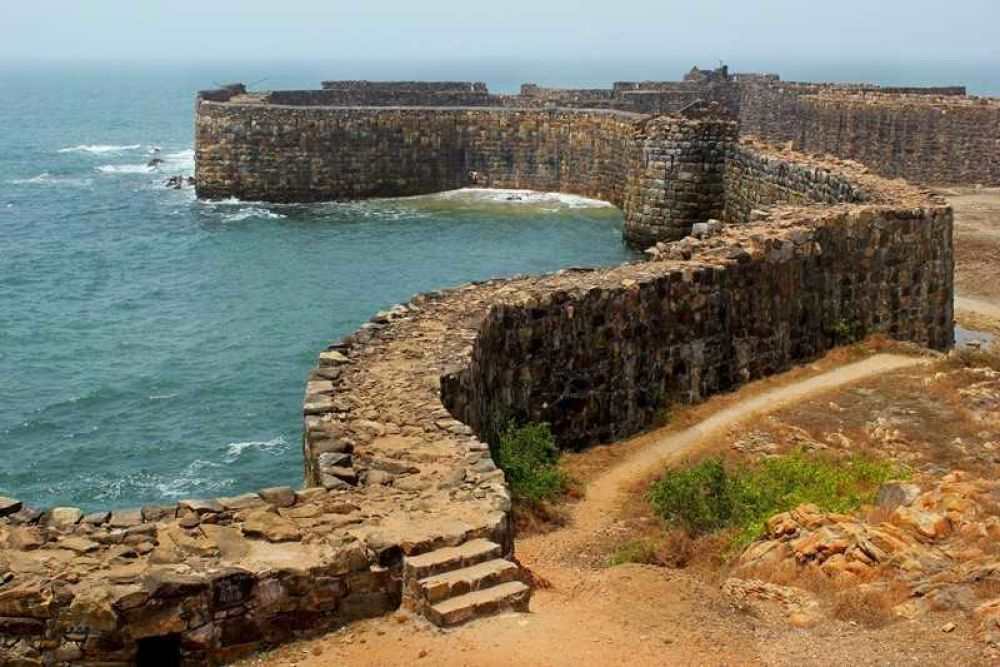
Sindhudurg Fort is a magnificent symbol of Maharashtra’s rich maritime heritage. Located off the coast of Malvan, this legendary sea fort is a true marvel of military strategy and architectural brilliance, designed to safeguard the Maratha Empire from foreign naval threats. Built in the 17th century by Chhatrapati Shivaji Maharaj, Sindhudurg remains one of the most awe-inspiring coastal forts in India.
During the 17th century, the Konkan coast faced persistent threats from the Portuguese, British, and Siddis. Recognizing the need to fortify the western seaboard, Chhatrapati Shivaji Maharaj commissioned the construction of Sindhudurg Fort in 1664.
Over 3,000 skilled workers, guided by the chief architect Hiroji Indulkar, built this strategic naval stronghold in just three years. The fort was designed to be impenetrable, with massive stone walls, hidden entry points, and strong bastions to repel enemy attacks. It served as a crucial naval base for the Marathas, controlling maritime trade and safeguarding their dominion over the Konkan coast.
The fort stands as a remarkable feat of engineering, reflecting both strategic brilliance and architectural resilience. Spanning an area of 48 acres, its imposing ramparts rise 30 feet high and measure 12 feet thick, designed to withstand powerful invasions as well as the relentless onslaught of the Arabian Sea. One of the most ingenious features of the fort is its camouflaged entrance, strategically hidden to mislead enemies, adding an extra layer of defence.
Gingee Fort: A southern frontier of Maratha ambition, testifying to a pan-peninsular vision
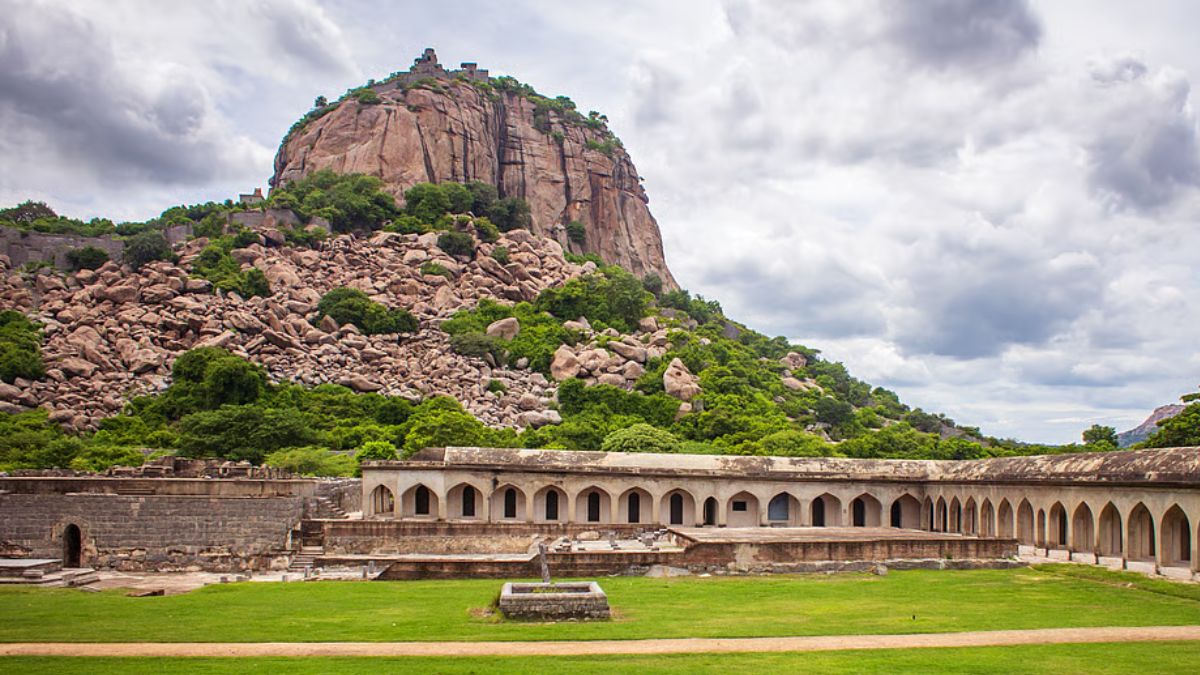
The Gingee or Senji Fort, located in Villupuram District of Tamil Nadu, is one of the most impregnable fortresses of peninsular India. Its might and impenetrable nature have earned it the appellation of the “Troy of the East” from the English.
This fort has imbibed within itself layers of history and has witnessed the rise and fall of successive empires. During its history, spanning over centuries, it has been under the possession of several political powers of note such as the Vijayanagar Nayaks, the Bijapuri Sultans, the Mughals, the Marathas, the French and the English, and served as a strategic stronghold for each one of them.
Gingee remained under Bijapuri rule for a period of 28 years after which it fell to the Maratha King Shivaji in 1677. Gingee was called Chandi or Chanji in the Maratha records. Shivaji after occupying it left it in the hands of his general Ramji Nalage. Records from the period mention extensive fortifications made by the Marathas.
The Maratha occupation of Gingee lasted for 22 years. Gingee was finally captured in 1698 CE by Mughal general Zulfiqar Khan after a siege that lasted for nearly 8 years. After the death of Aurangzeb in 1707, Daud Khan assumed throne as the Nawab of Carnatic and acquired control of Gingee.

